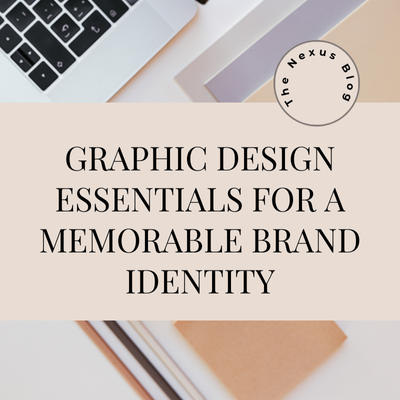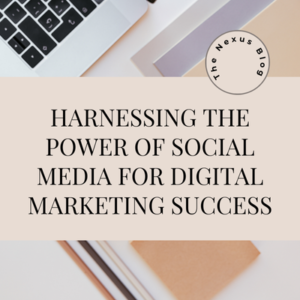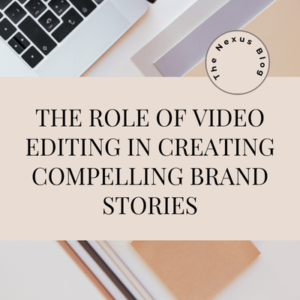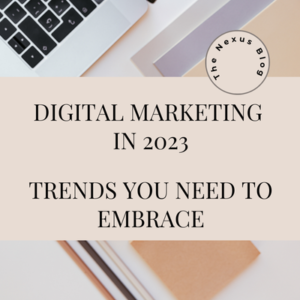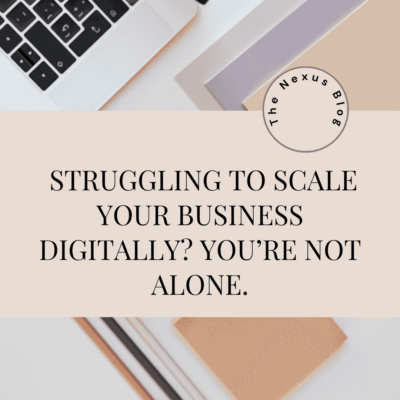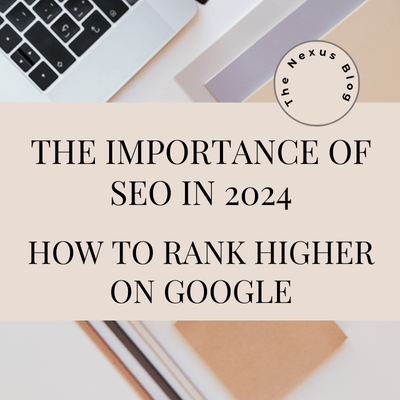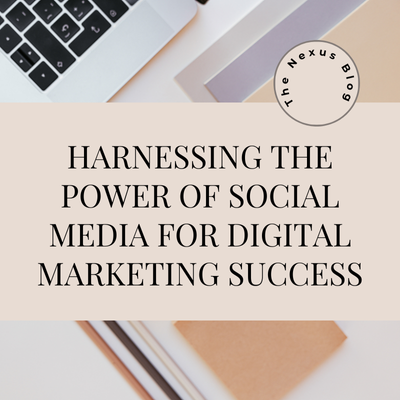Creating a memorable brand identity is crucial for businesses looking to stand out in a crowded marketplace. Graphic design plays a pivotal role in shaping how a brand is perceived, conveying its values, and connecting with its audience. This blog explores the essential graphic design principles that contribute to a strong brand identity, focusing on logo design, visual communication, and the latest graphic design trends.
Core Graphic Design Principles
1. Simplicity
Simplicity is key to effective graphic design. A simple design is easier to recognize and remember, making it more impactful.
- Clarity: A clear, uncluttered design communicates your message more effectively.
- Versatility: Simple designs are more versatile and adaptable across different mediums and sizes.
- Timelessness: Simplicity ensures that your design remains relevant and effective over time.
2. Consistency
Consistency in graphic design ensures that all brand elements work together harmoniously, creating a cohesive brand identity.
- Unified Visuals: Use a consistent color palette, typography, and imagery across all branding materials.
- Brand Guidelines: Develop and adhere to brand guidelines to maintain consistency in design and messaging.
- Recognition: Consistent design helps build brand recognition and trust among your audience.
3. Balance and Alignment
Balance and alignment are crucial for creating visually appealing and professional designs.
- Symmetrical Balance: Symmetrical designs provide a sense of stability and formality.
- Asymmetrical Balance: Asymmetrical designs create dynamic and interesting compositions.
- Alignment: Proper alignment ensures that elements are organized and visually connected.
4. Contrast
Contrast helps highlight important elements and improve readability in your designs.
- Color Contrast: Use contrasting colors to make text and key elements stand out.
- Size Contrast: Varying the size of elements can create visual interest and hierarchy.
- Font Contrast: Pairing different fonts can add emphasis and differentiate sections of text.
Crafting a Memorable Logo Design
A logo is often the first visual element associated with a brand. A well-designed logo is a powerful tool for creating a memorable brand identity.
1. Simplicity and Scalability
- Simple Design: A simple logo is easily recognizable and memorable. Avoid complex details that can clutter the design.
- Scalability: Ensure your logo looks good at any size, from business cards to billboards.
2. Relevance and Uniqueness
- Relevance: Your logo should reflect your brand’s values, industry, and target audience.
- Uniqueness: A unique logo sets your brand apart from competitors and helps prevent confusion.
3. Versatility
- Color Variations: Design your logo to work in color and black-and-white versions.
- Multiple Formats: Ensure your logo is versatile enough to be used across various media, including print, digital, and merchandise.
4. Timelessness
- Avoid Trends: While staying current is important, avoid overly trendy elements that may quickly become outdated.
- Focus on Longevity: Aim for a design that remains effective and relevant for many years.
Visual Communication for Brand Identity
Visual communication encompasses all the visual elements used to convey your brand’s message and values.
1. Color Palette
- Brand Colors: Choose a color palette that reflects your brand’s personality and evokes the desired emotions.
- Consistency: Use your brand colors consistently across all materials to strengthen brand recognition.
2. Typography
- Font Choices: Select fonts that complement your brand’s style and are easy to read.
- Hierarchy: Use different font sizes and weights to create a visual hierarchy and guide the viewer’s attention.
3. Imagery and Graphics
- Photography Style: Choose a photography style that aligns with your brand’s identity, whether it’s professional, candid, or artistic.
- Custom Graphics: Use custom illustrations or icons to add a unique touch to your brand materials.
Staying Current with Graphic Design Trends
Keeping up with graphic design trends ensures that your brand remains relevant and engaging.
1. Minimalism
- Clean and Simple: Minimalist designs focus on essential elements, creating a clean and sophisticated look.
- Whitespace: Use whitespace effectively to improve readability and focus on key elements.
2. Bold Colors and Gradients
- Vibrant Colors: Bold colors attract attention and create a strong visual impact.
- Gradients: Gradients add depth and dimension to your designs, making them more dynamic.
3. Custom Illustrations
- Unique Visuals: Custom illustrations provide a distinct and personal touch to your brand.
- Storytelling: Use illustrations to tell your brand’s story and communicate complex ideas visually.
4. Animated Graphics
- Engagement: Animated graphics and micro-interactions enhance user engagement and create memorable experiences.
- Modern Appeal: Incorporating animations can give your brand a modern and dynamic edge.
Conclusion
Graphic design is a vital component of building a memorable brand identity. By adhering to essential design principles, crafting a unique and relevant logo, and leveraging visual communication effectively, you can create a strong and cohesive brand presence. Staying updated with the latest graphic design trends ensures your brand remains contemporary and engaging.
___________________________________________________________
For expert graphic design services tailored to your brand’s needs, contact us at Zomi Nexus. Let’s collaborate to create a memorable brand identity that resonates with your audience and drives your business success.
